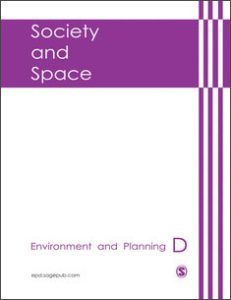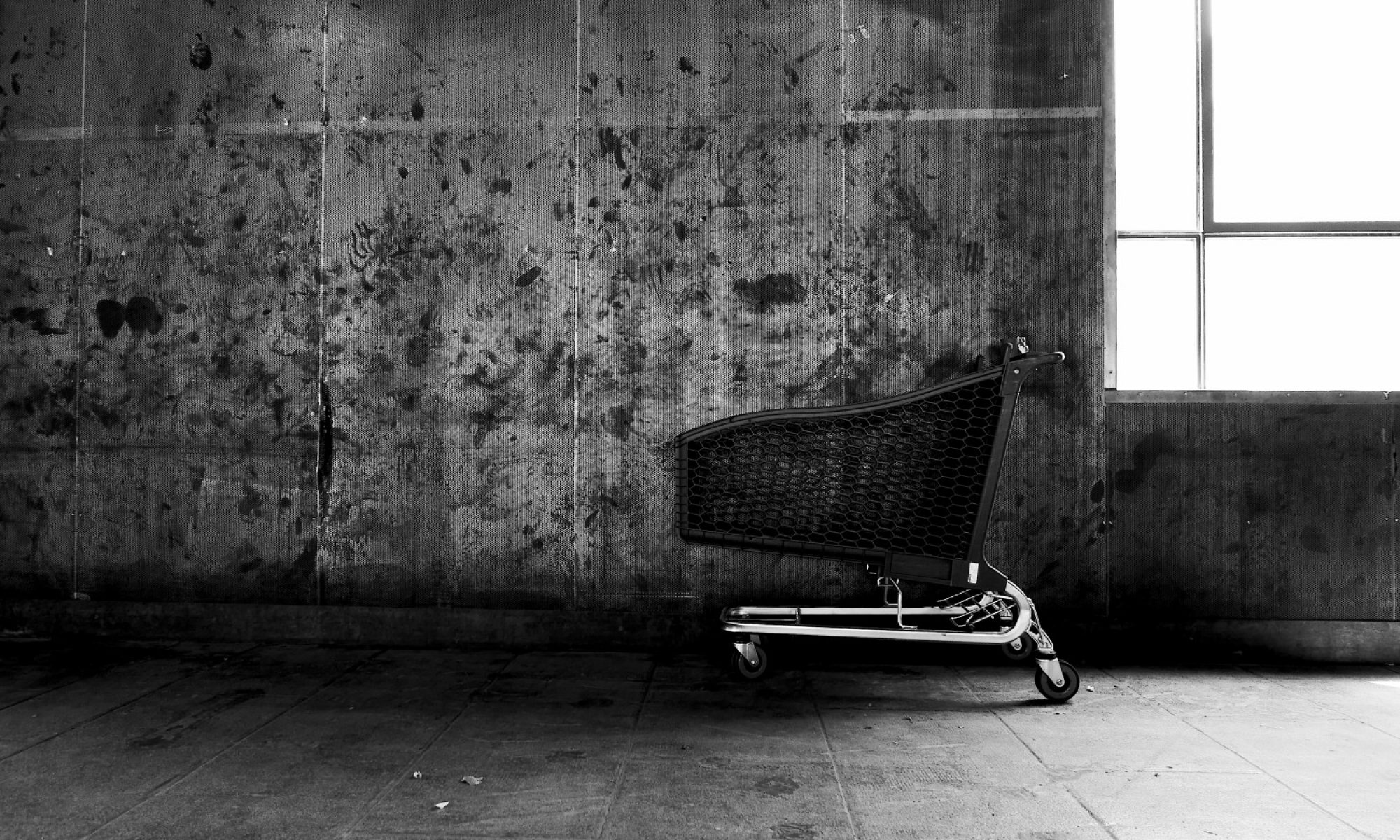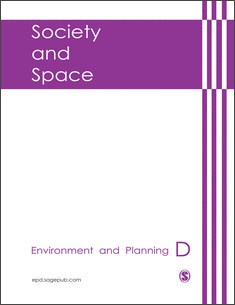
EPD: Society and Space has just published my new paper entitled ‘Revitalising the uncanny: Challenging inertia in the struggle against forced evictions’. I am grateful to the Journal’s Editors for this opportunity and to a number of people who sustained the research behind the paper (including the Urban Studies Foundation, which supported the fieldwork, and Alex Vasudevan and Jonathan Darling, who commented upon an earlier version of this paper).
This paper is connected with the work I have been doing with the Vulturilor 50 community in Bucharest, Romania, and their fight for their right to housing. ‘Revitalising the uncanny’ is an attempt at understanding evictions and homelessness as part of the same continuum where new forms of activist resistance can be articulated, as the people of Vulturilor taught me. How to strengthen these forms of resistance? How to learn from their affective qualities, vitalist assemblages and atmospheres? The paper, alongside with the feature documentary ‘A început ploaia’ (It started raining) that I have written and directed, is an attempt at orienting the debate toward these questions.
You can read the paper’s abstract below and download the full text on this website, on Academia.edu and on EPD: Society and Space’s website.
Revitalising the uncanny: Challenging inertia in the struggle against forced evictions
Following the case of 100 Roma people evicted from their home in the centre of Bucharest in September 2014, the article looks at evictions and practices of resistance from the ground-up, without assuming a-priori what a politics of resistance may look like in Bucharest or elsewhere. The aim is to understand eviction and resistance as part of the same continuum of home unmaking-remaking, and to fully take into account the role of non-humans and urban atmospheres in the process. In this sense, the article analyses the case of Bucharest through two, interconnected, affective atmospheric: that of uncanniness, which allowed for the resistant Roma body to articulate its demands; and that of inertia, which emerged from the imbrication of home-less people’s street life and gradually rendered resistance more difficult to assemble. Paying attention to these post-human entanglements, the article critically contributes to academic and non-academic debates on occupation, displacement and urban activism, with the aim to strengthen our capacity to imagine alternative strategies of resistance.

